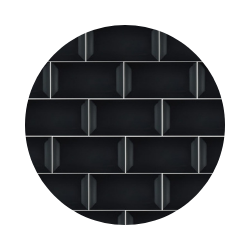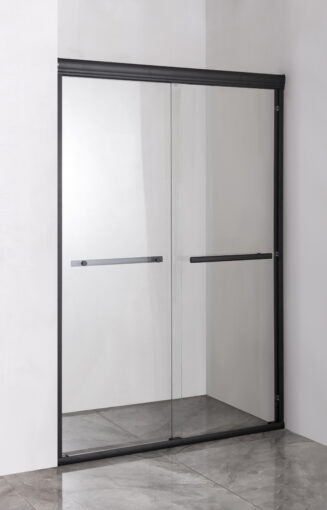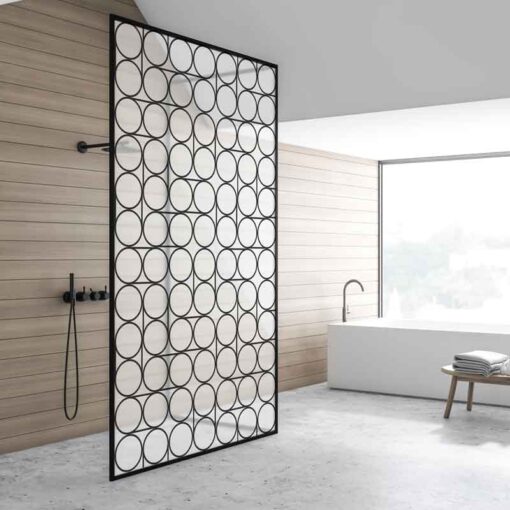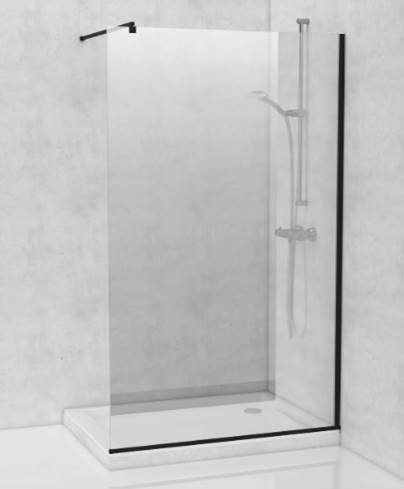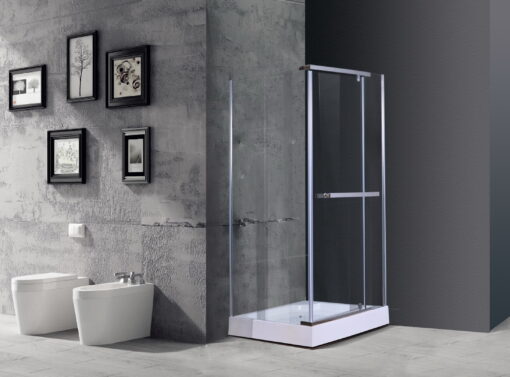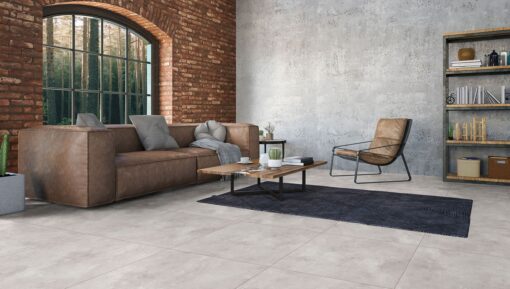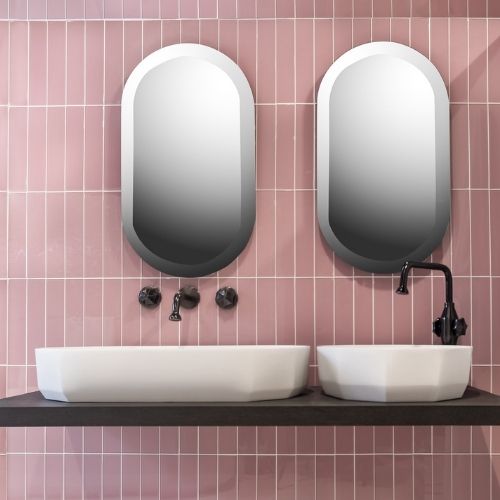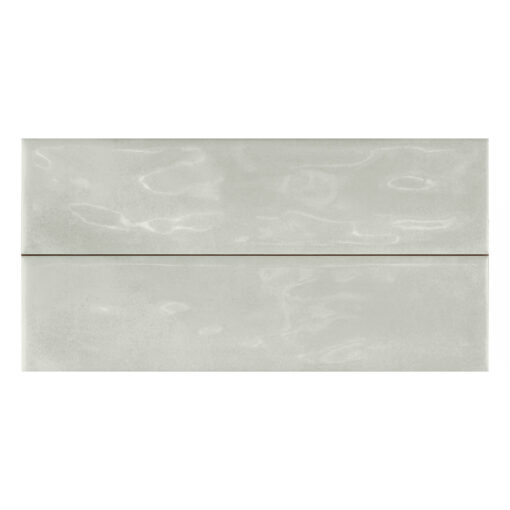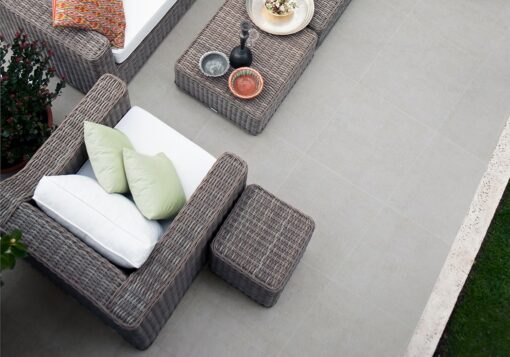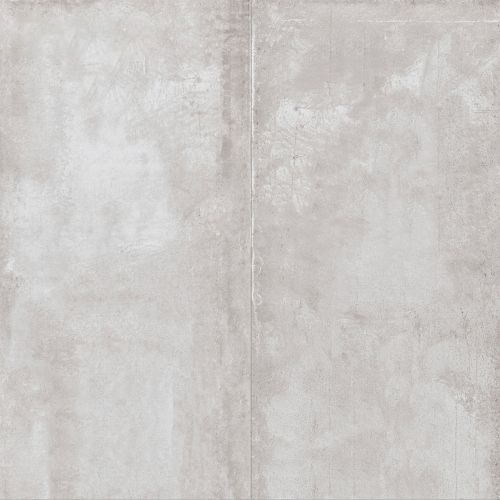
bathroom, blog, how to articles
Choosing the right shower door for your bathroom can be a daunting task. With so many options available in the market, it’s easy to get confused and end up making the wrong choice. However, with a little bit of research and knowledge of the critical factors to consider, you can choose the perfect shower door for your bathroom that not only looks great but also provides functionality and durability.
In this blog, we’ll discuss the essential factors to consider while choosing your bathroom shower doors.
Type of Shower Enclosure
The type of shower enclosure is the first thing to consider while selecting a shower door. The most common types of shower enclosures are alcove, corner, and walk-in showers. Each type requires a different type of door, and it’s essential to choose the right one that fits your bathroom’s design and layout.
Space and Layout
Another crucial factor to consider is the space and layout of your bathroom. You need to measure the height, width, and depth of the shower area to ensure that the door you choose fits perfectly. If you have a small bathroom, a sliding or bi-fold door may be a better option than a swinging door that takes up more space.
Glass Type
Shower doors are available in various glass types, including clear, frosted, tinted, and textured. The type of glass you choose depends on your preference and privacy requirements. If you want more privacy, frosted or textured glass may be a better option, while clear or tinted glass is ideal if you want to showcase your bathroom’s tilework.
Glass Thickness
The thickness of the glass is another crucial factor to consider while choosing a shower door. Thicker glass is more durable and long-lasting, but it’s also heavier and more expensive. The standard thickness of shower glass is 3/8″ or 1/2″. Thicker glass is ideal for larger shower enclosures or where safety is a concern.
Frame or Frameless
Shower doors are available in both framed and frameless options. Framed doors have a metal frame around the glass, while frameless doors have no frame and use hinges to attach the glass directly to the wall. Frameless doors are more expensive but provide a sleek and modern look, while framed doors are more affordable and offer more design options.
Hardware
The type of hardware you choose, such as handles, hinges, and towel bars, can significantly impact the overall look and feel of your bathroom. It’s essential to choose hardware that complements the style and finish of your shower door and other bathroom fixtures.
Check out our Tiletoria Trends feature, where Ryan O’Connor and Deon Bing take you through our step-by-step guide to choosing the right shower door for your space
In conclusion, choosing the right shower door for your bathroom requires careful consideration of several critical factors. The type of shower enclosure, space and layout, glass type and thickness, frame or frameless, and hardware are all essential factors to consider.
By keeping these factors in mind and working with a professional if necessary, you can choose the perfect shower door that meets your needs and enhances the overall look and functionality of your bathroom.

blog, floors, how to articles, walls
When it comes to home renovation, creating the illusion of more space is a common goal. One effective way to achieve this is through smart tiling choices. With the right techniques and design choices, you can make a room look bigger with tile.
In this blog, we’ll explore some smart tiling options that can impact your spatial perception and give your room a larger appearance.
Use Light-Coloured Tiles
Using light-coloured tiles can create the illusion of more space. Light colours reflect more light and make the room appear brighter and more open. Choose tiles in shades of white, cream, beige, or light grey for a more spacious feel.
Lay Tiles Diagonally
Diagonal tile patterns create an optical illusion that makes the room look wider. When tiles are laid on a diagonal angle, it creates a visual flow that draws the eye towards the corners of the room, making the space feel more expansive.
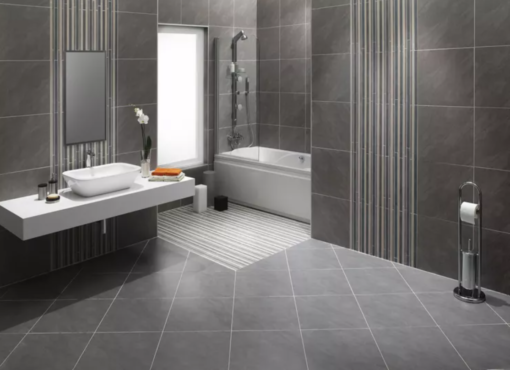
Above: image credit – The Spruce
Choose Large Format Tiles
Large format tiles are another great option for making a room look bigger. Larger tiles have fewer grout lines, which can break up the visual flow and make a room feel more cluttered. Additionally, large format tiles create a seamless look that can give the illusion of more space.
Install Tiles Vertically
Installing tiles vertically can make a room feel taller, which in turn makes the space feel larger. Vertical tiles draw the eye upwards and create a sense of height. This is particularly effective in rooms with low ceilings.
Use Glossy Tiles
Glossy tiles reflect light and create a mirror-like effect, which can make a room appear larger. This effect is particularly effective in small bathrooms or kitchens, where the reflective surface can bounce light around the space and make it feel brighter and more open.
Choose a Grout Colour That Matches the Tile
When selecting a grout colour, choose a shade that matches the colour of the tile. This creates a seamless look that can make a room feel more spacious. Using a contrasting grout colour can break up the visual flow and make a room feel smaller.
Consider Textured Tiles
Textured tiles can add depth and dimension to a space. They can also create the illusion of more space by drawing the eye towards the textured surface. Textured tiles are particularly effective in small rooms or areas that lack natural light.
In conclusion, smart tiling choices can have a significant impact on the perception of space in a room.
By using light-coloured tiles, laying tiles diagonally, choosing large format tiles, installing tiles vertically, using glossy tiles, choosing a grout colour that matches the tile, and considering textured tiles, you can make a room look bigger with tile. With these techniques, you can create a space that feels open, bright, and spacious.
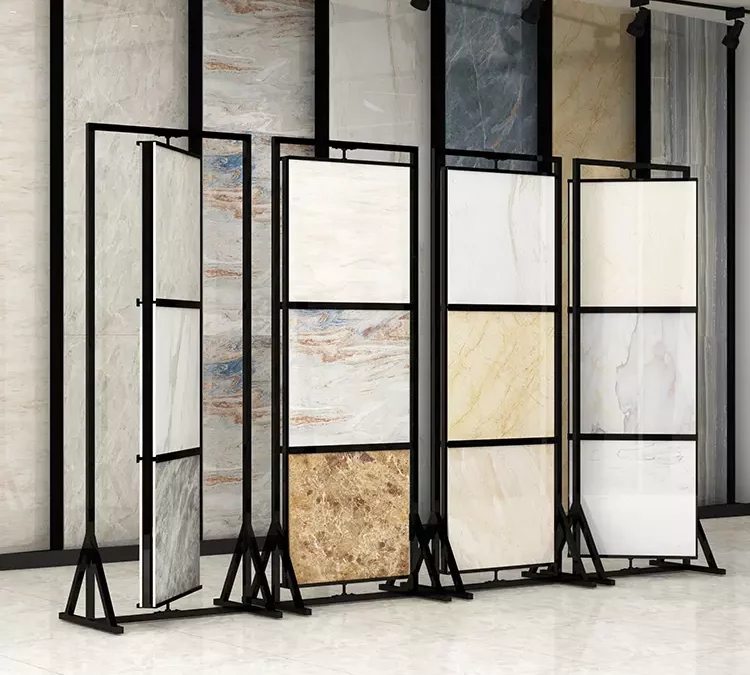
blog, floors, how to articles, walls
With all the options that are available, we know that deciding which tiles to choose for your project is an overwhelming task. We’ve put together a guide of top tips to help make the decision easier for you.
1. First things first, consider the overall look you want to achieve. Gather those inspo pictures and create a mood board to get a better understanding of what tiles you need to look for. This will also assist the sale team when you visit our showroom so that they can show you options for the exact style of tiles you are looking for. You can create a whole new style for your space or work with the existing style of your home.
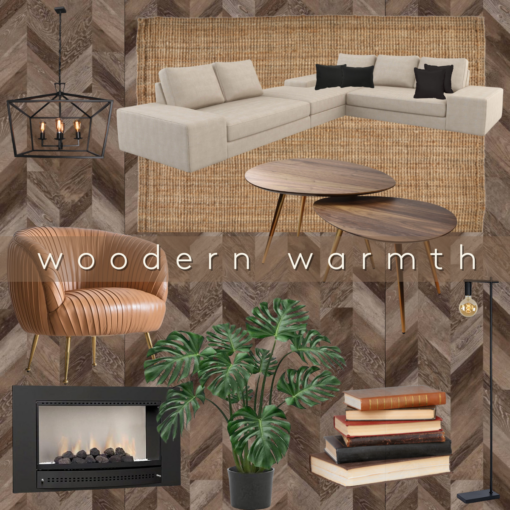
Above Image: Woodern Warmth Moodboard featuring gerflor creation 55 chevron moka vinyl planks
2. Next it is important to consider the function of the room where you wish to lay your new tiles. This will ensure you choose the correct tiles that won’t need to be replaced in the near future. For example, if you are renovating your kitchen or bathroom, it is important to choose tiles that are slip-resistant, durable, and able to withstand moisture and water.

Above Image: Mabula charcoal slip-resistant ecotech tile
3. The size of the room matters. Larger tiles can assist in making a small room feel larger, with fewer grout lines. Lighter tiles can also assist in adding a larger feel to a small space. This does not mean that you can’t use smaller tiles in small spaces. Certain tiles can make a small space flow better. Mosaic tiles are a good option. There will be more grout lines but because these tiles are easier to install around fixtures and corners, it creates a smooth flow. They also require fewer cuts when installing, which creates a more streamlined overall look.
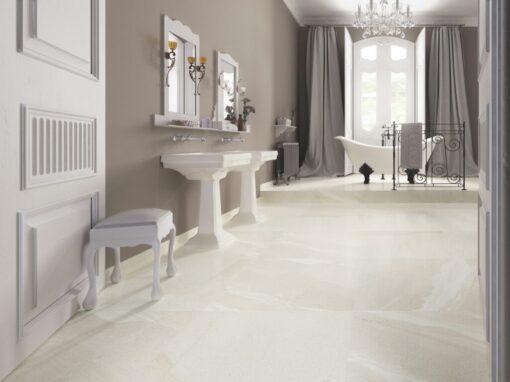
Above Image: Thames white porcelain larger format tiles
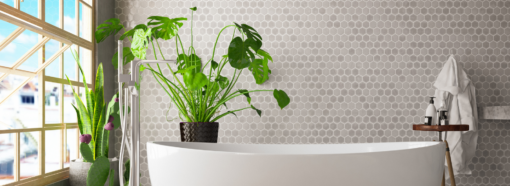
Above Image: Hexagon rome bianco statuario mosaic wall tiles
4. The size of the area you wish to tile will directly impact the amount of money you need to spend, which leads us to our next point – Budget. Firstly, the larger the area, the more tiles you will need to purchase, and the higher your cost will be. The larger the number of tiles, the more grout you will need, and the higher your labor costs will be. It is easy to calculate how many tiles you will need to purchase to get a better understanding of how much money you will spend. If you are unsure how to do that, have a look at our previous blog where we give you a step-by-step guide of how to do these calculations yourself – Lesson/Tip: How to calculate how many tiles you need. Knowing your budget will also make it easier for you to decide which tiles to choose, as it will filter down the options of tiles that fall within your price range.
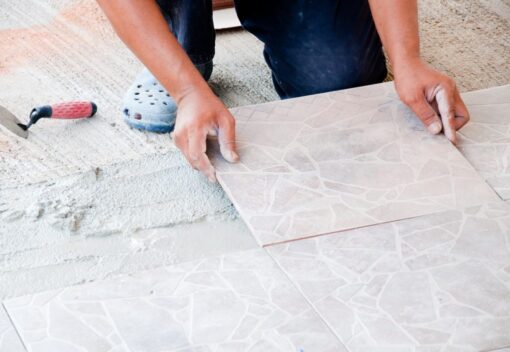
Pro Tip: Choosing the right grout colour is also important when choosing the right tiles. The colour of the grout you use will directly affect the overall design and look of your space. Have a look at our blog to ensure you make the right decision when it comes to grout – Lesson/Tip: How to choose the right grout colour.
If you are still unsure which tiles to choose for your latest project, visit one of our showrooms and talk to the experts, who will help make your decision easier than ever.
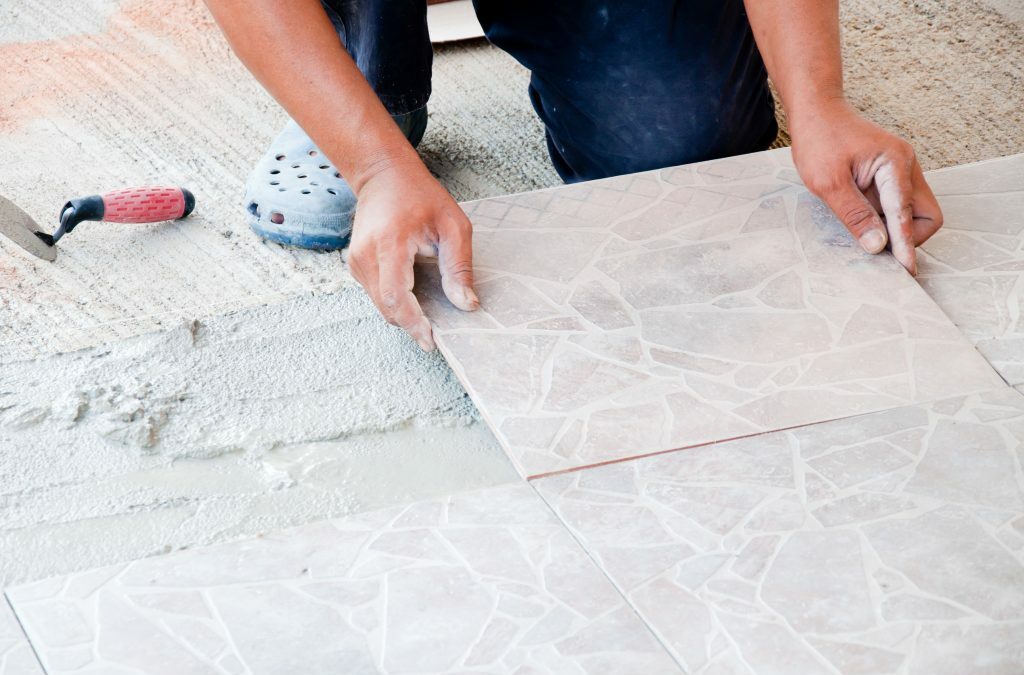
blog, commercial blog, floors, how to articles, walls
A regular question we get in Tiletoria showrooms is how to calculate how much tile you will need for your project. Whether you’re wanting to install your own tiled floor or you want to calculate the materials that you will need to budget for, it is important to know how to work out how much tile you need. The steps are the same regardless of whether you are doing a wall project or a floor.
With a measuring tape and some simple maths, you can estimate how much tile you need and how much the project is going to cost you.
What You’ll need:
- Paper
- A pen/pencil
- Measuring tape
- A calculator

Step 1: Measure the length of one side of the room.
The first step is to measure the floor length and width of the room you want to tile. Measure the length and height of the wall, if it is a wall project.
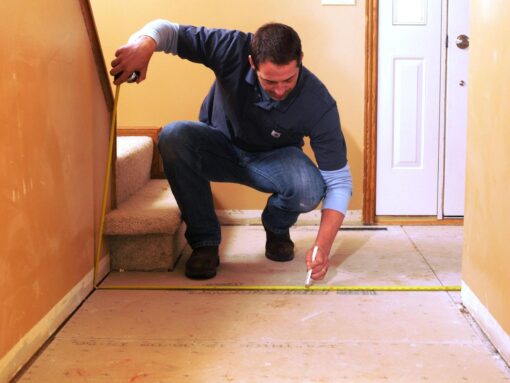
Step 2: Multiply the two measurements.
Once you have both measurements, the next step is to multiply them. Multiplying the length by the width provides you with the square meterage of the project area. For example, if the floor measurements of the room is 15 meters wide by 17 meters long, multiply 15 by 17. The square meter area of this room is 255 square meters in total.
Step 3: Based on this, determine the amount of tiles you’ll need.
Next is to use the above calculations to determine the amount of tiles needed. When buying tiles, they usually come in boxes, and you have to buy the whole box. Divide the total square meters of the room by the total square meters of the tile in the box to determine how many boxes of tiles you will need to buy. Lets say for our example, each box contains 15 square meters of tile. So, if you need 255 square meters, 15 goes into 255, 17 times, (255 ÷ 15) so you’ll need to buy at least 17 boxes.

Pro Tip:
This is where the saying “rather be safe than sorry” comes into play. You should never buy just the amount of tile you need because you will always need extra tiles for any cuts, waste, breaks, and mistakes. To be on the safe side, you will need to multiply the square footage of the room by 10%, then add this amount to the total square area of the room. This is the total amount of square meterage of tiles you should buy. To continue with the above examples: 10 x 255 = 25.5, and 255 + 25.5 = 280.5, round up to 281. We’ll need 281 square meters of tile.
Another important reason to buy extra tiles is that often the style or colour of a particular tile gets discontinued after some time, and in the event that you need to replace a broken tile or two, you will need extras on hand to make the repairs. If you don’t, then to fix it, you will have to replace the entire floor.
In other words: Rather spend a little bit more up front to save money in the long run.
Important factors to consider:
Gap Size: Floor or wall tiles are typically installed with gaps between the tiles, which are commonly filled with grout. The average tile may look quite similar to the next tile however, they are often not uniform in shape and size, and would not fit properly if installed without any gaps. These gaps can range from anywhere between one-sixteenth of an inch to half an inch in size. Different sized tiles, materials, and design needs all affect the size of the gaps.
Size: Tile size can range anywhere from smaller mosaics, slab tiles and everything in between. Square sizes are the most popular, accessible, and easiest to install. While straight edge tiles are the most common, there are also unique tile shapes, but the installation of these is not as simple. Large tile sizes can make smaller rooms appear bigger, as well as more open and clean because there are fewer grout lines. However, installing larger tiles may results in more wastage, while installing smaller tiles can add texture to a room.
Material: There are a number of different types of tiles, including ceramic, porcelain, glass, quarry, stone and much more. Ceramic and porcelain tiles are the most popular, cost efficient, and come in a variety of different styles. Glass tiles, are not appropriate for flooring because they crack under pressure, are visually unique and interesting. These are most commonly used for kitchen and bathroom backsplashes. Quarry tiles have rough surfaces that are good for floors that require added grip, such as outdoors and in restaurant kitchens. Stone tiles include marble and granite, which provide unique and natural stone patterns, textures, and colours that are difficult to achieve using ceramics. They also offer the illusion of blending into grout edges, giving off an overall uniform look.
Other frequently asked questions we get regarding how much tile you need:
Question: What if the wall isn’t a simple rectangle and the room isn’t square?
Answer: If the space you want to tile is an unusual shape, draw a picture of the floor plan on a piece of paper, then separate the room into squares or rectangles. Measure each squared-off section separately, convert inches to feet (divide by 12; you’ll probably end up with a decimal), multiply the length and width of each space, then add all these numbers together to find the total square footage.
Question: What if I want to lay the tiles diagonally?
Answer: For tiles laid at a 45 degree angle, the overage or waste factor will be greater, so buy extra.
Question: How many square feet of tile comes in a box?
Answer: Most boxes hold 10 square feet, but check your box to make sure.
Question: Does the size or shape of the tile matter in my calculation?
Answer: No, only the square footage matters.
If you are still uncertain about the calculations, then pop by one of Tiletoria’s showrooms and chat to their sales team for advice.
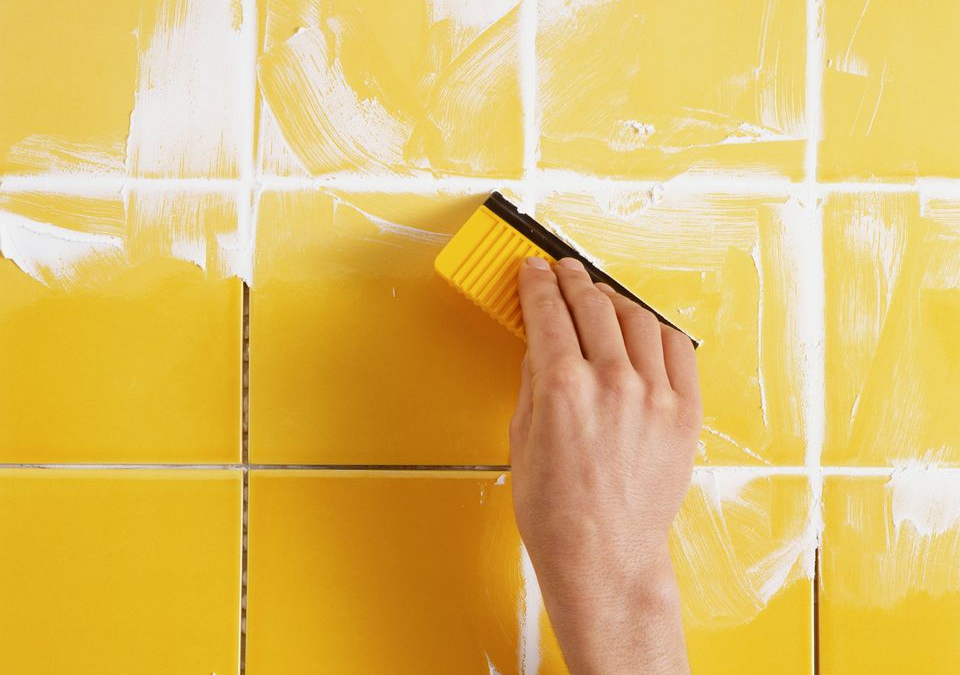
blog, commercial blog, floors, how to articles, walls
The tile grout colour you choose to use on your wall or floor plays an important part in the overall room design. You can choose between colours which are complementing or contrasting with your tiles. Alternatively, if you really want to create a unique space, you can go with a bold option and use non-standard grout colours.
Tile grouts come in a variety of colours from light to dark. Standard grout colours include; pure white, white, grey, black or beige, in a variety of different shades.

Contrasting Grout Colour
This grout is either darker or lighter than the corresponding tile. This will in effect frame each tile. The grout lines will become a feature of the overall tile design. Using small tiles with a darker grout can sometimes appear busy if used over a large area.
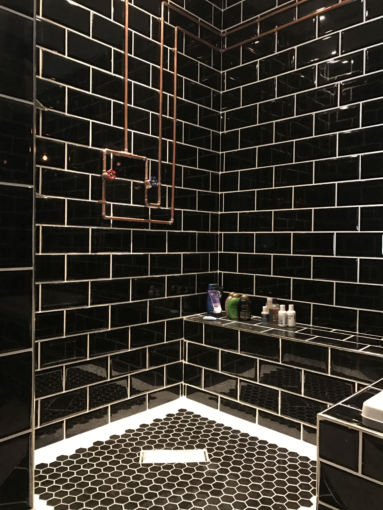

Complementary Grout Colour
This grout will be similar in colour to the tile. This will cause the tiles and grout lines to blend together. Effectively, blurring grout lines so that you see a consistency with the same colour throughout the room. This can be useful over small areas to keep the space less busy.
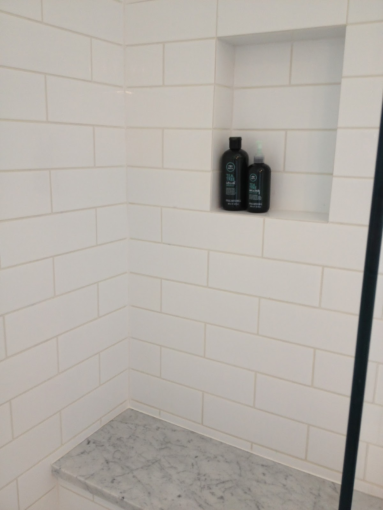
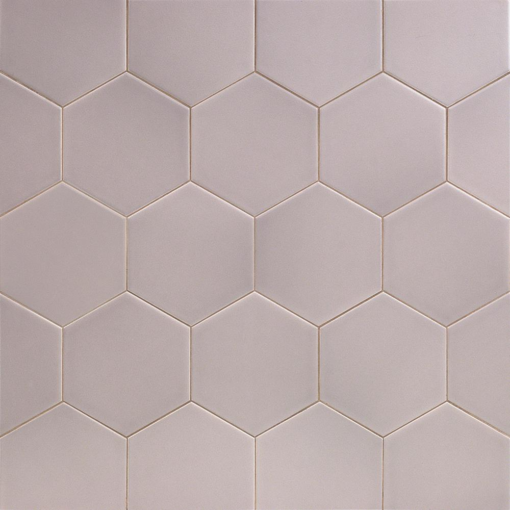
Colourful Grout
We commonly see tiles with white, gray, or black grout, but choosing colourful grout is a great way to make your tiles stand out. Tiles with coloured grout draws attention to the tile layout pattern, and creates a unique looking space, as opposed to a more seamless design.

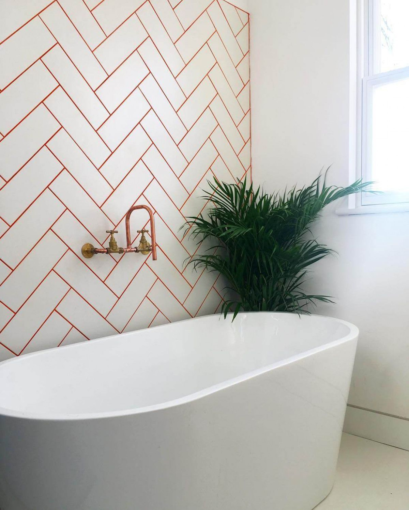
Pro Tip:
Avoid using pure white grout. Over time, using a pure white grout will start to show discolouration and mould quicker than darker shades of grout, especially in areas with high moisture and water. We recommend using an off white or grey grout as an alternative to avoid this from happening and for easier maintenance. We also recommend using a tile grout protector if you are using a light grout colour. It takes a bit more work afterwards protecting the grout, but the results are worth it. It is recommended to re-apply a grout protector every 2 years to prevent discolouration.
Should you need further help or assistance, pop into a Tiletoria showroom near you.

blog, floors, how to articles, woodlook
Wood-look tiles bring warmth and nature into our space, with their rich textures and rustic feel. They are a popular choice because they provide a neutral colour pallet from which to design any space desired. There is more hesitation towards using natural hardwood floorings, as they pricey, not eco-friendly, and have the ability to scratch and stain. Wood look ceramic and porcelain tiles combine the natural beauty of wood with the practicality, durability and affordability of tiles.

Left: Nebraska Meadow Porcelain Tile
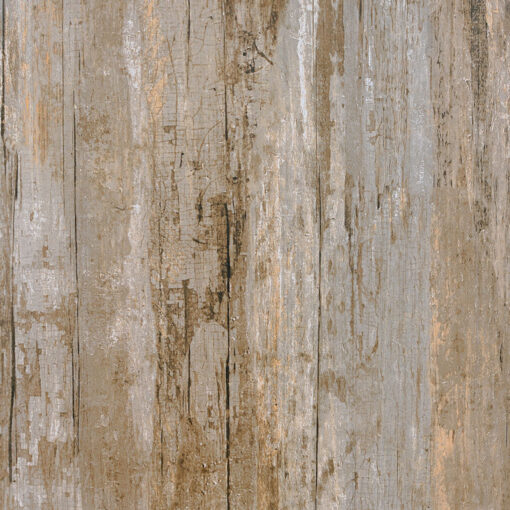
Left: Nebraska Tundra Porcelain Tile
Lets first get an understanding of how wood-look tiles are made
Professional grade ink-jet printing technology is used, which prints the look of wood onto the surface of ceramic or porcelain tiles. This is how these tiles look exactly like wood, mimicking the wood grain and coming in an array of different colours, textures and finishes.

Above: Arteak Pino Porcelain Tile
Where to use wood-look tiles
Wood look tiles are suitable for both walls and floors. Due to wood look tiles being porcelain and ceramic tile bases, these offer the advantage of being moisture and water-resistant, making them ideal for all areas of a home including; outdoors, bathrooms and kitchens.
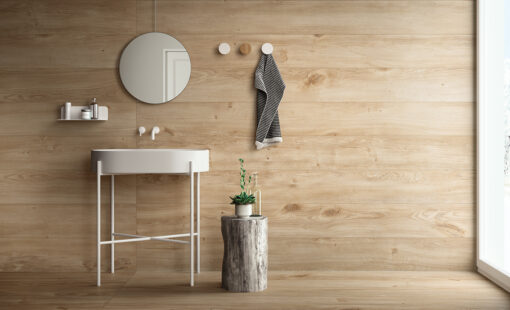
Above: Komi Natural Rectified Woodlook Tile
A matt glazed finish offers a more slip resistant installation. Porcelain wood look tiles are ideal for the patio, as porcelain is more resistant to water than ceramic. They also have the aesthetic appeal of wood without the needed maintenance, such as sanding, and sealing required with real wood decking.
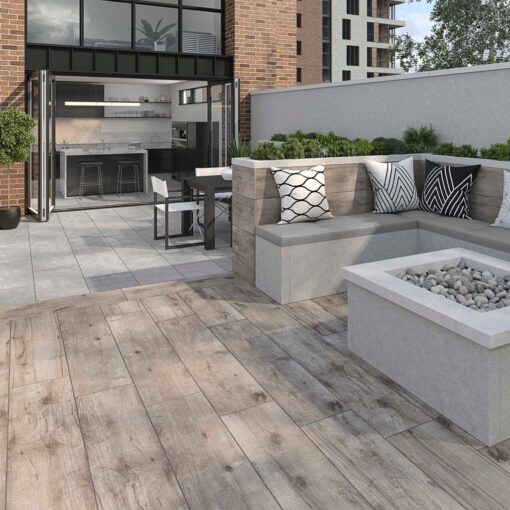
A unified look in your home is easy to achieve, by laying the same wood look tiles throughout. There’s no need to confine it to wet areas like kitchens and bathrooms, as it can work equally well in the living room or bedroom.
Now we will look at some inspiration on how to style and incorporate wood-look tiles into your home:
Wood look ceramic tiles can be used on both the floor and an accent wall to create a dramatic look and make a bold statement.
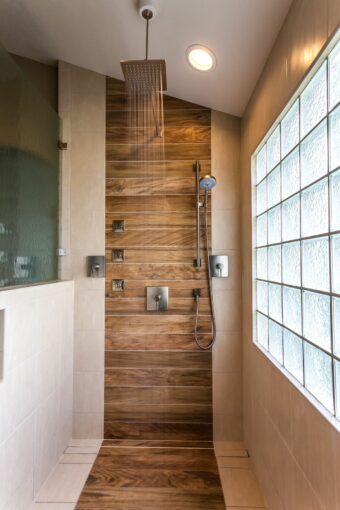
Working with tile means that you can very easily mix and match different tile sizes or types to create an interesting space, for example these two bathrooms below where wood look tiles are incorporated with pebble mosaic tiles.
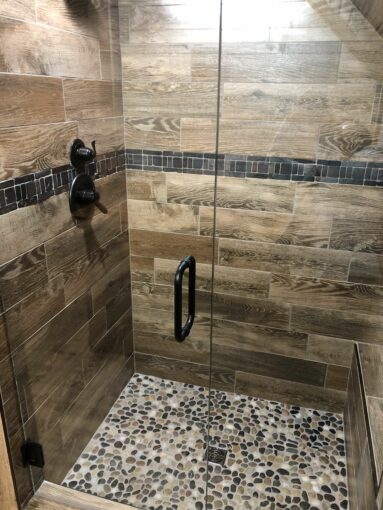
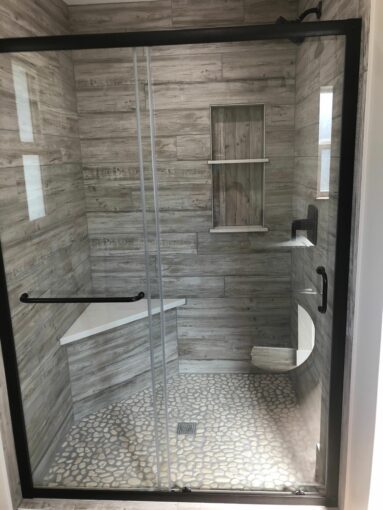
For an on-trend look, wood-effect tiles can be incorporated with decorative tiles. Colours and textures that contrast, are a perfect pairing.
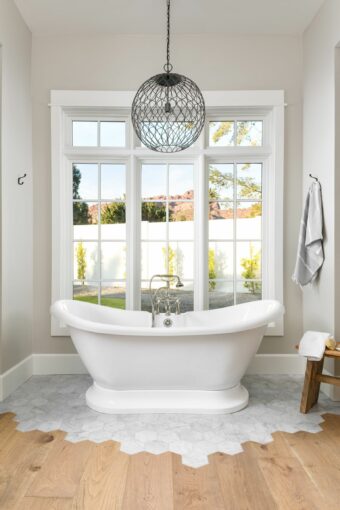
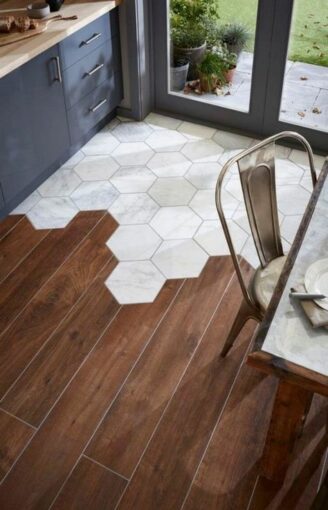
Creating a fireplace feature using wood look tiles is a great way to add warmth to your space and to turn a fire place into an attention-grabbing design feature in the living room.
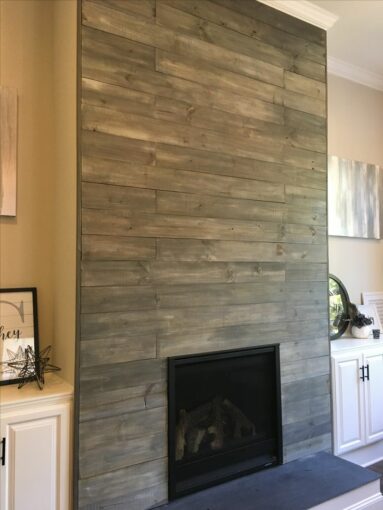
Using wood look tiles in a room does not mean you have to use the same tiles throughout. Different shades of wood look tiles can be incorporated into one space as pictured below, with a more earthy tone used on the walls and a lighter ash tone used on the floors.
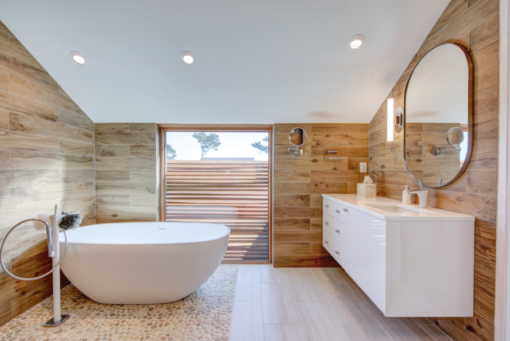
In the below pictures we can see how wood look tiles have been used to create statement walls in the bath and shower sections of the bathroom only. This is a great way to draw attention to a specific space in your bathroom, give your space that extra pop, as well as a trendy but homey feel.
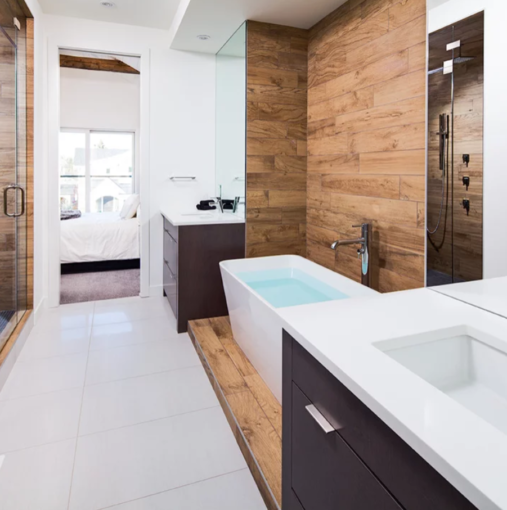
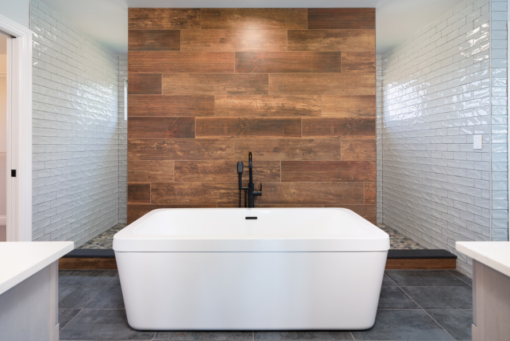
The availability of wood-look tiles has opened an array of design options. With wood-look tiles, you get the best of both worlds; the warmth of wood without the maintenance or other challenges of using real wood.
You can learn more about wood look tiles from the experts by visiting one of Tiletoria’s showrooms.




